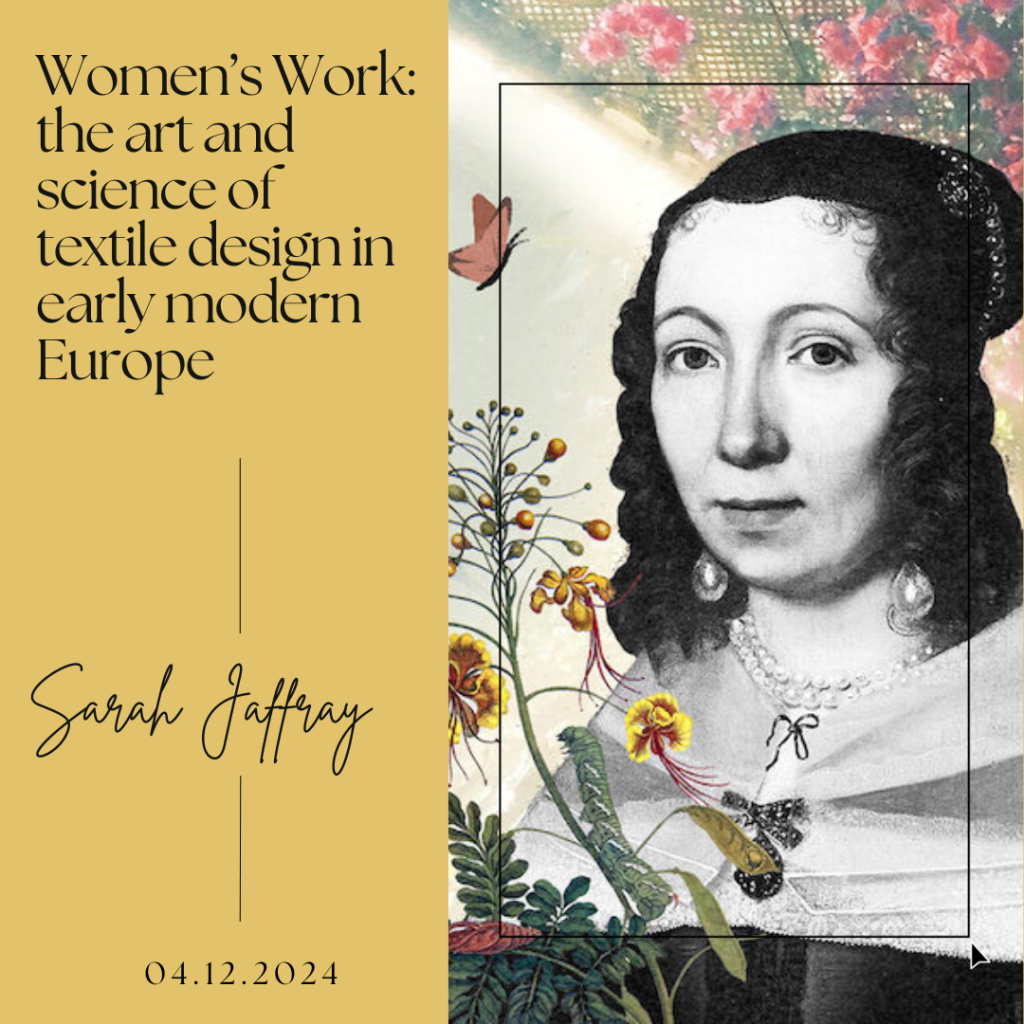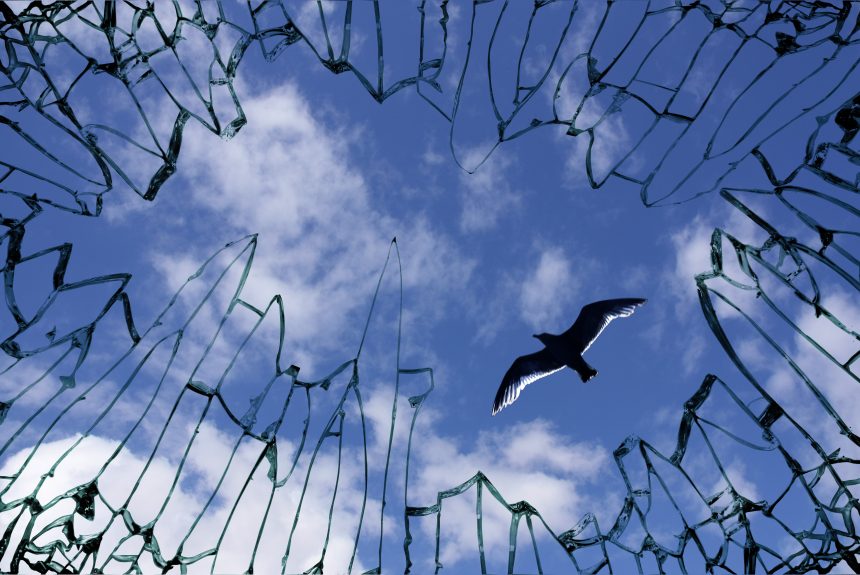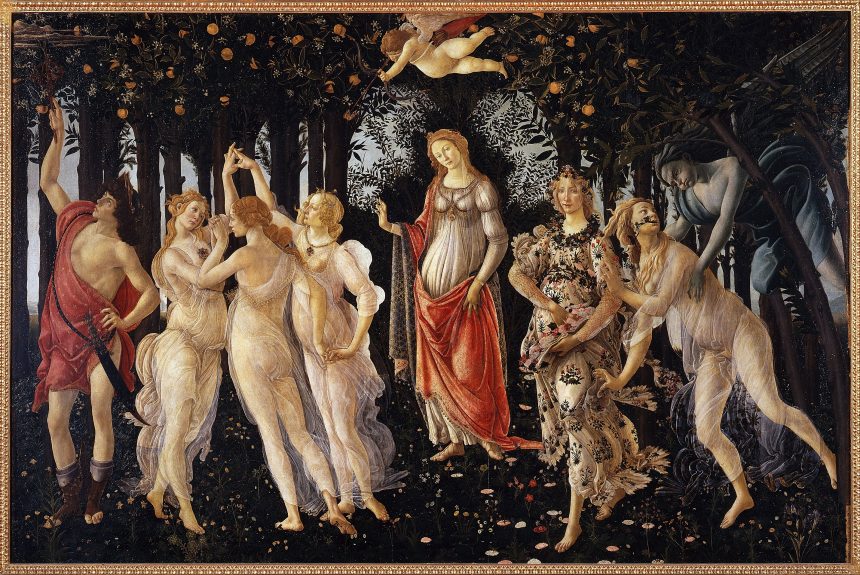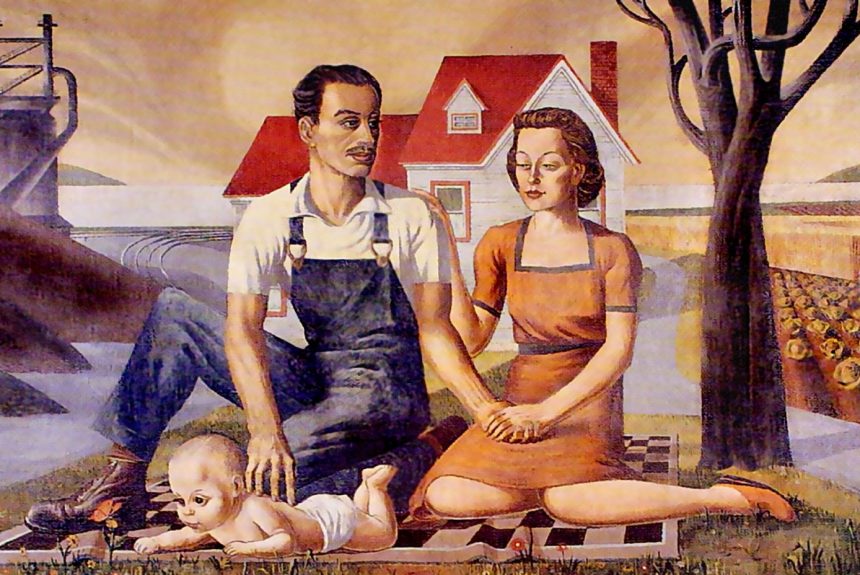It is easy to see art in opposition to science. We perceive art to be personally expressive and science to be objective fact. Yet, both require close observation, technical mastery and creative thinking about the world. In early modern Europe (c.1400-1800) art and science were both at work in the art of lace making, a labour specific to women of all classes in society. More than just a leisure pursuit, lacework was connected to image making, scientific discovery, social status and morality. This talk explores the world behind lace, the art, science and society. To do this, we look at some of the artist-scientists who made innovations in both textile design and scientific documentation. Special focus will be placed on the work of Isabella Parasole and Maria Sibylla Merian who not only transformed textile design, but made some of the most significant scientific work of the era.
Please, note:
- the total duration of the event is 1 hour ( ~ 50mins lecture and 10mins Q&A)
- the talk doesn’t require any prior training and anyone can join
- This event will be recorded: the video will be available in 3-5 days after the talk
- Guests can access all videos at a small fee; videos for members are free of charge
- if you wish to become a member – please, learn about our membership plans
Sorry, this event has ended.
You can purchase the access to the video below.
Alternatively, please Become a Member
and enjoy all videos free of charge.
To register for new events, please, check our Schedule.

SPEAKER – SARAH JAFFRAY
Sarah Jaffray holds a BA and MA in Art History with an emphasis in 19th/20th century France and a minor in the Italian Renaissance. She holds a second MA in Cultural Theory from Goldsmiths, University of London. Sarah was a lecturer for several colleges and universities in the Los Angeles area before relocating to London in 2012. She has worked in curatorial roles at the British Museum and Wellcome Collection. Sarah is currently a lecturer at the University of Arts London and Coordinator for City Lit’s Art History programme. Her art historical practice focuses on experimental narratives, artistic process, art pedagogy, politics and philosophy. Sarah’s current research is focused on translation and empathy.






Leave a Reply